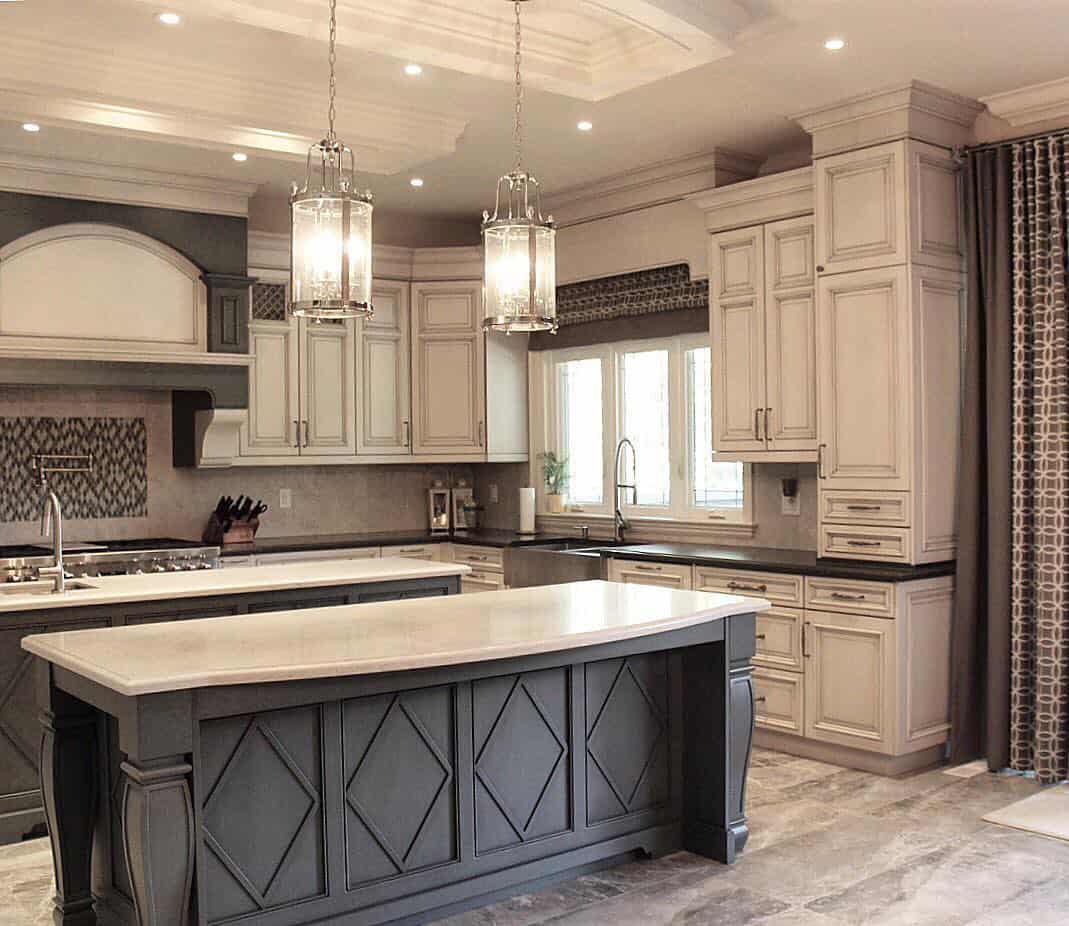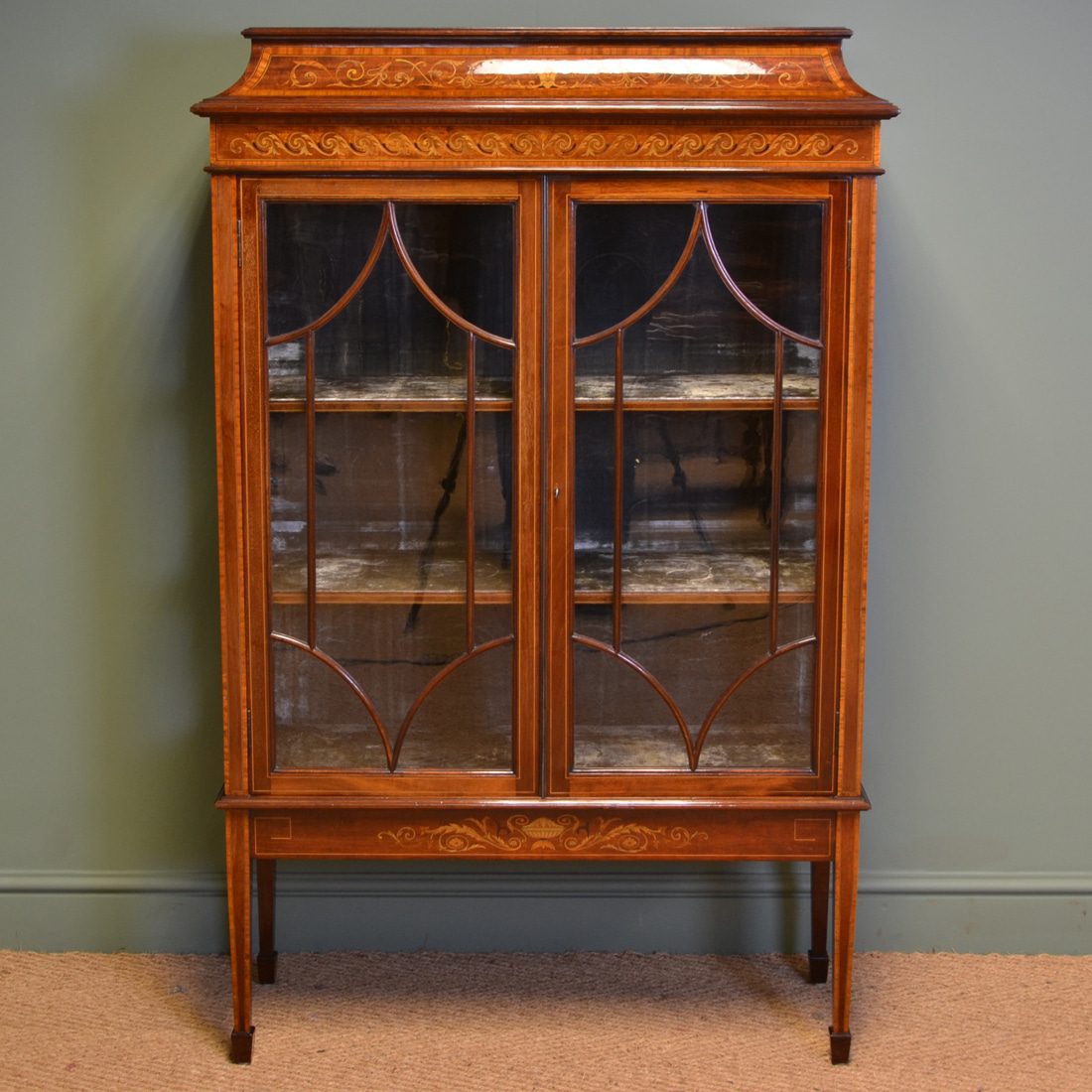The Allure of Antique Cabinets: Antique Cabinets For Living Room

Antique cabinets are more than just storage solutions; they’re captivating pieces of history that add a touch of timeless elegance to any modern living room. These handcrafted treasures whisper tales of bygone eras, showcasing the artistry and craftsmanship of skilled artisans.
The Historical Significance and Craftsmanship of Antique Cabinets
Antique cabinets hold a unique historical significance, reflecting the styles, materials, and techniques of their time. Each piece is a testament to the ingenuity and skill of the craftsmen who created them. For example, a Victorian cabinet might feature intricate carvings and elaborate hardware, reflecting the opulence of the era. In contrast, a mid-century modern cabinet might showcase sleek lines and minimalist design, reflecting the simplicity and functionality of the period.
The Aesthetic Appeal of Antique Cabinets in Modern Living Rooms, Antique cabinets for living room
Antique cabinets offer a unique aesthetic appeal that can seamlessly blend with modern décor. Their rich history and patina add a sense of warmth and character to contemporary spaces. The contrast between the antique’s aged charm and the clean lines of modern furnishings creates a visually captivating juxtaposition. Antique cabinets can serve as focal points, drawing the eye and adding a touch of sophistication to the room.
Styles and Materials of Different Antique Cabinet Types
Antique cabinets come in a wide array of styles and materials, each with its own unique characteristics. Here are some popular types:
- Victorian Cabinets: These cabinets are known for their ornate carvings, intricate details, and use of dark woods like mahogany and walnut. They often feature elaborate hardware and glass doors that showcase the treasures within. Think of a Victorian cabinet as a grand statement piece, adding a touch of old-world elegance to a modern living room.
- Art Deco Cabinets: Art Deco cabinets embody the glamour and sophistication of the 1920s and 1930s. They feature geometric patterns, bold colors, and streamlined designs. Materials like lacquered wood, metal, and glass are often used. Art Deco cabinets are a great choice for adding a touch of glamour and sophistication to a modern living room.
- Mid-Century Modern Cabinets: Mid-century modern cabinets are characterized by their clean lines, simple forms, and use of natural materials like wood and leather. They often feature tapered legs, open shelves, and a focus on functionality. Mid-century modern cabinets are perfect for creating a minimalist and stylish look in a modern living room.
Choosing the Perfect Antique Cabinet

Finding the perfect antique cabinet for your living room is an exciting adventure. It’s like discovering a piece of history that will add character and charm to your space. However, navigating the world of antiques can be daunting. This guide will help you understand the process of selecting the right antique cabinet for your needs and style.
Evaluating Condition and Authenticity
Before you fall in love with an antique cabinet, it’s crucial to assess its condition and authenticity. This will help you make an informed decision and ensure you’re getting a genuine piece of history.
- Examine the construction: Look for signs of quality craftsmanship, such as dovetail joints, hand-cut details, and solid wood construction. These details indicate a well-made piece that has stood the test of time. Avoid cabinets with loose joints, cracks, or signs of significant damage.
- Check for signs of restoration: While some restoration is acceptable, be wary of pieces that have been heavily restored or have had significant parts replaced. A genuine antique should retain its original character and patina.
- Research the maker and style: If possible, try to identify the maker and style of the cabinet. This can help you determine its age, value, and provenance. Look for maker’s marks, labels, or other identifying features. Many antique furniture guides and online resources can provide information about specific makers and styles.
- Consult with an expert: If you’re unsure about the authenticity or condition of a cabinet, it’s always best to consult with an antique dealer or appraiser. They can provide expert advice and help you avoid making a costly mistake.
Choosing the Right Size and Style
Once you’ve determined the authenticity and condition of a cabinet, the next step is to consider its size and style. It’s important to choose a piece that complements your living room’s dimensions and aesthetic.
- Measure your space: Before you start shopping, carefully measure the area where you plan to place the cabinet. Consider the height, width, and depth of the cabinet, as well as any surrounding furniture. Leave enough space for easy access and movement.
- Think about the style: Antique cabinets come in a wide range of styles, from traditional to modern. Consider the overall style of your living room and choose a cabinet that complements it. For example, a Victorian-era cabinet might be perfect for a traditional living room, while a mid-century modern cabinet could enhance a contemporary space.
- Consider the functionality: What do you plan to use the cabinet for? Will it be a display piece, a storage solution, or both? Choose a cabinet with the right features and storage capacity to meet your needs.
Incorporating an Antique Cabinet into Your Living Room Design
Antique cabinets can be the focal point of your living room, adding a touch of history and elegance. Here are some tips for incorporating an antique cabinet into your design scheme:
- Create a focal point: Place the cabinet in a prominent location, such as against a wall or in a corner. You can highlight it with a statement rug, artwork, or lighting.
- Use color and texture: Choose paint colors, fabrics, and accessories that complement the cabinet’s style and color palette. For example, a dark wood cabinet might look beautiful against a backdrop of soft, muted colors.
- Accessorize with care: Don’t overcrowd the cabinet with too many items. Choose a few carefully curated items, such as books, decorative objects, or family photos. This will create a sense of balance and visual interest.
- Mix and match styles: Don’t be afraid to mix and match antique and modern elements. A vintage cabinet can add a touch of history to a contemporary living room.
Styling and Display

Antique cabinets are not just functional pieces of furniture; they’re also captivating decor elements that can transform a living room’s aesthetic. Styling an antique cabinet goes beyond simply placing objects inside; it’s about creating a visually appealing and cohesive display that complements the cabinet’s unique character.
Curating and Displaying Items
Curating the items displayed within an antique cabinet is a crucial step in enhancing its aesthetic appeal. This process involves carefully selecting items that complement the cabinet’s style and create a harmonious visual narrative.
- Color Palette: Start by selecting items that align with the cabinet’s color palette. For instance, a mahogany cabinet might pair well with warm tones like gold, copper, or burgundy, while a painted cabinet could be styled with a mix of vibrant hues or pastels.
- Texture and Material: Vary the textures and materials of the items to add visual interest. Combine smooth ceramics with rough-hewn wood, delicate lace with sturdy metal, or soft fabrics with glass objects. This interplay of textures creates depth and visual appeal.
- Theme and Story: Create a cohesive theme for your display. For example, if your cabinet is from the Victorian era, you might focus on items that reflect that period, such as vintage books, porcelain figurines, or antique jewelry. Alternatively, you could curate a collection based on a specific hobby, such as vintage cameras, antique maps, or antique musical instruments.
- Balance and Proportion: Achieve balance and proportion in your display by arranging items of varying sizes and heights. Avoid overcrowding the cabinet; allow some space between items to prevent a cluttered appearance.
Using Lighting to Highlight Features
Lighting plays a critical role in showcasing the intricate details and beauty of an antique cabinet. Properly placed lighting can create a dramatic effect, enhancing the cabinet’s overall aesthetic.
- Accent Lighting: Use accent lighting to illuminate specific areas of the cabinet, highlighting its carvings, moldings, or other decorative features. Consider using spotlights, sconces, or LED strip lights to create a focused beam of light.
- Ambient Lighting: Ambient lighting provides general illumination, creating a soft and inviting atmosphere. Consider using lamps or chandeliers that complement the style of the cabinet.
- Backlighting: Backlighting can create a dramatic effect, casting a warm glow from behind the cabinet and highlighting its silhouette. This technique is particularly effective for showcasing the cabinet’s intricate carvings or glass panels.
Antique cabinets for living room – Antique cabinets are sick, man. They bring that old-school vibe to your living room, but let’s be real, they can be pricey. If you’re on a budget, check out the ikea fabrikor glass door cabinet – it’s a decent alternative that won’t break the bank.
You can still get that vintage look with a bit of DIY and some cool accessories, and you’ll have a ton of storage space for all your bits and bobs.
Antique cabinets are a right vibe for a living room, adding a touch of history and character. They can be a bit plain though, so why not give them a modern twist with some blue glass cabinet pulls ?
They’ll add a touch of colour and class, and make your antique cabinet look fresh and up-to-date. You can’t go wrong with a bit of bling, innit?
